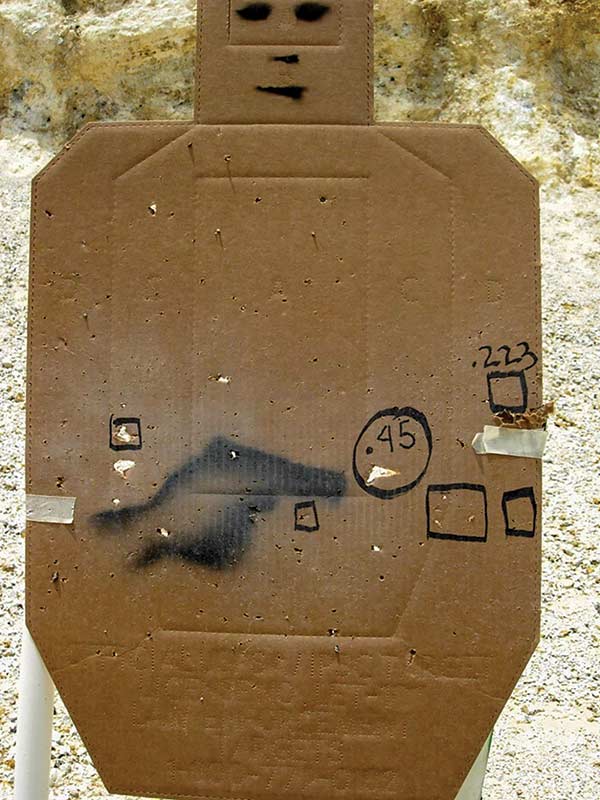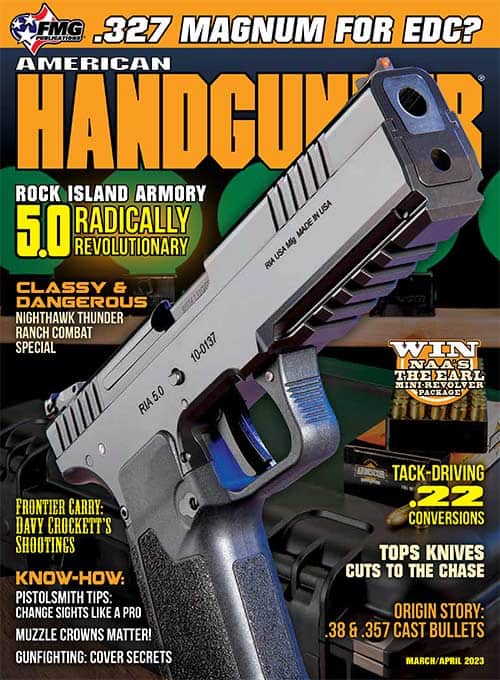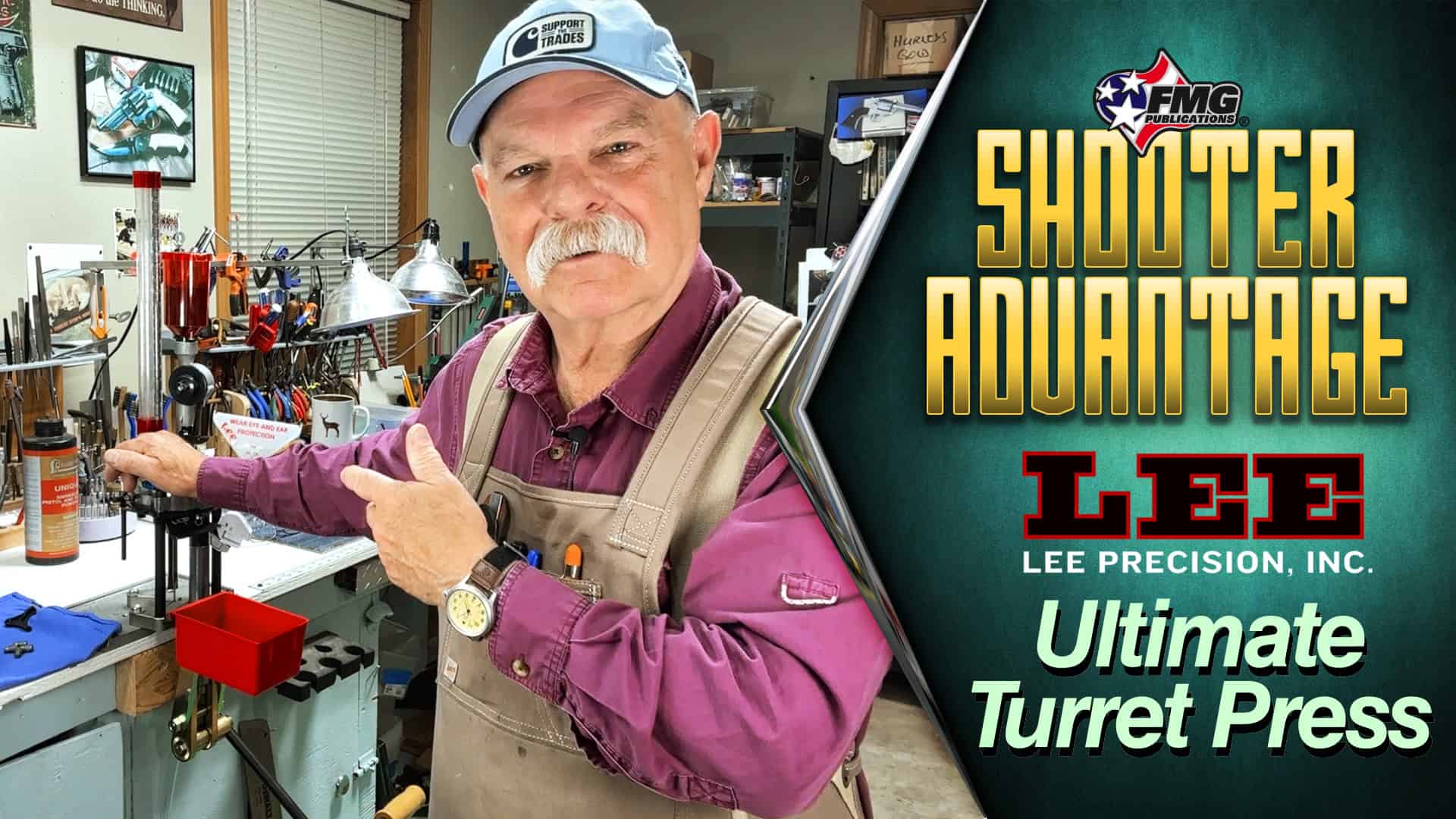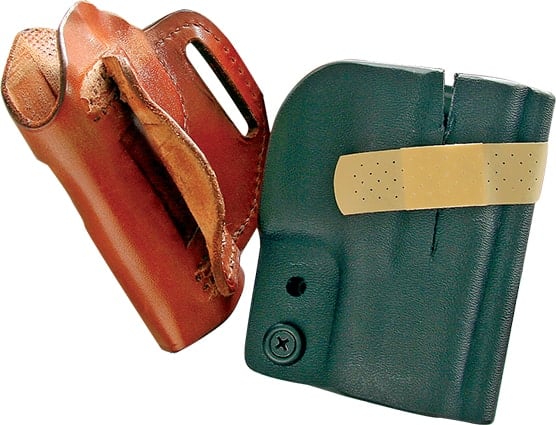Threat Response
Fundamental Number 3: Cover
Move, Communicate, Use Cover, Shoot — if necessary — and Think. These are the fundamentals of responding to a threat. Moving is number one for many reasons. Among them is it forces the threat to react to your actions. Communication — issuing verbal commands and coordinating with your team — is number two on the list. The third fundamental is taking advantage of the safety created by cover.
Cover protects against the threat and their weapons. Concealment hides you from view and doesn’t offer any physical protection, but if they can’t see you, it greatly reduces the chances of an attack. If the threat uses “arm-strong” weapons — their fists, a knife, or baseball bat — large objects like a table or car, an obstacle preventing them from getting close enough to use their weapon creates cover. Protection against bullets requires something that stops, redirects or impedes incoming fire and is relative to the type of rounds fired at you.
A round of 7.62×39 ball ammo from an AK47 will punch through a lot more material than a round of 5.56 from an AR15. Some rounds are specifically designed for their penetration properties. Two or three shots from an “anemic” 9mm will punch a hole through a standard concrete block. Most objects around us offer a certain degree of protection but should not be considered “bulletproof.”
The first rule for using cover is to create distance between you and the object providing protection. When rounds impact hard cover, they skip like a stone across water, usually at a 12- to 15-degree angle or fragment. This impact also rips off secondary debris from the object itself. All of this can injure and kill. Instinctually, we want to hug up close to our protection, putting our bodies directly in the path of these fast-flying fragments. Creating distance, a minimum of six to eight feet, dramatically reduces your chances of absorbing any of this debris.
Distance from cover opens up your field of view. On the interstate, if you’re too close to the semi-truck in front of you, all you can see is the truck. Now, create space and back off from the truck. Now, you see what’s going on in the lanes beside the truck. Distance also puts more space between you and whatever danger is on the other side of the cover. You can be 50 feet from an object, and as long as you can position it between you and danger, it will provide protection.

Instinctually, we want to hug cover. This puts us directly in the path of any
bullets or fragments ricocheting. Impacts will also rip material off that hard surface.
This target was 18” from a concrete block. Holes in the circle are from .45 ACP. The
squares are from 5.56, and all the other holes are from an AK firing 7.62x39 ball ammo.
Some situations don’t allow you to create this distance. When the threat is elevated on higher ground, you must get closer to cover for protection. If there are multiple threats, they may try to work around both sides of your cover. You have to visualize the geometry; these angles determine where you need to be positioned. Seeing the angles is especially important if there are multiple threats.
It’s always best to remain standing for mobility. Fights are dynamic and fluid. The threat is trying to flank around your cover; you’re moving to keep that protection between you and them. Whenever possible, work around the sides of cover, concentrating on exposing the least amount of your body. You need to see all of the threat to properly identify and, if necessary, place accurate hits in the different zones of their body. At the first opportunity, you’re looking for better cover with more protection or that’s located in a safer location.
The majority of violent confrontations occur in low-light environments. After receiving training, your practice should include working cover with hand-held and weapon-mounted lights. As usual, most of your practice should be with dummy weapons using the corners of walls or various pieces of furniture as your cover. Use all the same techniques at the range and confirm your accuracy.
Danger! You’re moving to cover while issuing verbal commands for the threat to stop. You’re not the victim they anticipated, so they leave to find an easier target. Your tactics paid off, and shooting wasn’t necessary to stop the threat. But the next time could be different. When we meet again, we’ll discuss shooting fundamental number four.
Subscribe To American Handgunner

Get More Personal Defense Tips!
Sign up for the Personal Defense newsletter here:








